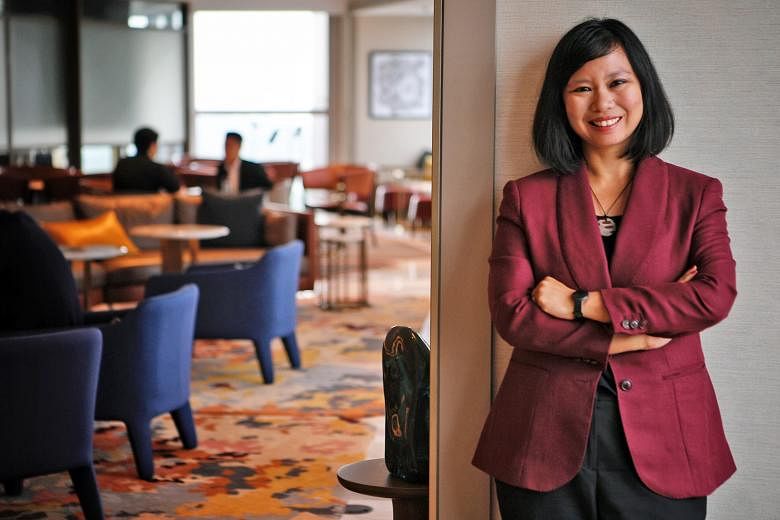Women CEOs are outnumbered. And official data show their median salary is more than a third less than that of their male counterparts.
But that has not fazed Ms Wong Su-Yen, chief executive of consultancy Bronze Phoenix, which she formed last year.
She says: "Remuneration is a function of many factors, including company size, industry and geographic scope. The large gap in this instance could be driven, for example, by a higher concentration of male chief executives in higher paying industries, or larger companies."
Ms Wong, 48, speaks from both personal experience and human capital expertise. She is chairman of local listed firm Nera Telecommunications, sits on several boards and was chief executive of the Human Capital Leadership Institute.
Her education at all-girls schoolshas conditioned her to not see gender in relation to success, she said. "If someone was better, stronger or faster than you, it was always a girl. So you wouldn't lean on gender as a reason for not doing well."
She suggests that companies that want to improve parity in representation and pay should analyse whether there are particular junctures where people are leaving the company, as well as the gender pay gaps for individual jobs.
A pay gap could emerge if managers assess people based on factors inadvertently biased towards either gender, she said. A manager could, for example, be rating people on how well they communicate, but his idea of what good communciation is could favour men.
She shares a challenge she faced in communicating with clients from different cultures: "I had to pay more attention to context and not be held back by conventional wisdom about how I should be as an Asian, how I should be as a woman, in order to be effective."
She adds that in selecting a chief executive, most companies would look at candidates with experience. So women need to have enough opportunities in key roles earlier on in their careers, as she had. She became managing director for Singapore at consulting firm Mercer in 2005, at 34, and then for Asean a few years later.
She stresses that improving gender diversity in leadership roles is about picking the best person for the job, while making sure that people are not overlooked due to certain biases - whether of gender, culture or age. "Most women don't want to be some place just because they're women," she said.


